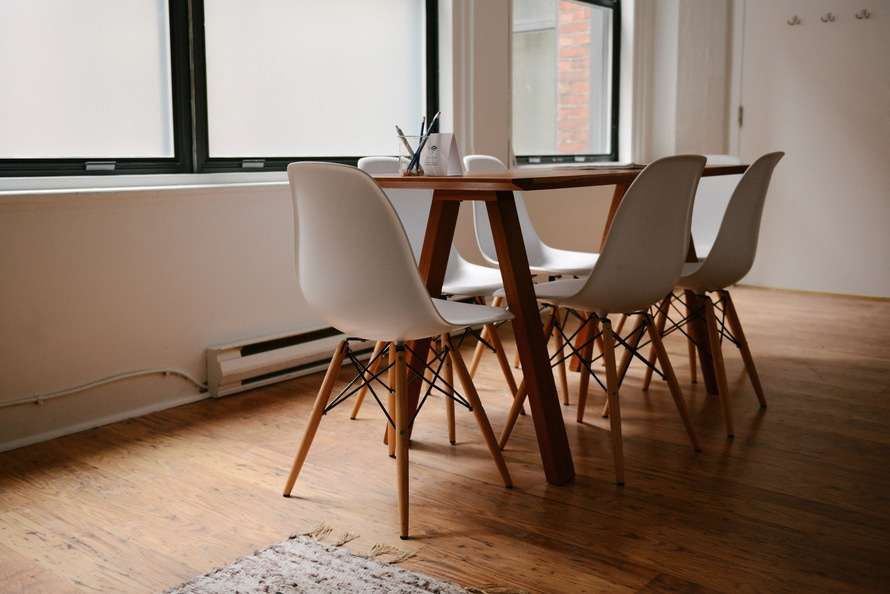
Ammonia fuming gives hardwood floors a rich, distinctive appearance through chemical reaction with the wood’s tannins. Image Source: Flickr user Brett Jordan
Last year I spent hours wandering through hardwood floor stores, carefully inspecting row after row of wood types, grains, and colors. The choice of hues was virtually endless, ranging from the palest of whites to the darkest ebonies, and with the help of a few enthusiastic salespeople, I quickly learned the basics of hardwood floor manufacturing, from wood species to cuts to how each flooring type acquires its color. Amongst the rainbow of options, there was one the stood out and whose color is derived from a process that sharply diverges from the vast majority of flooring options: ammonia fumed oak. Created via chemical reaction to ammonia, the finished boards have a unique appearance that can never quite be matched by typical staining and have several practical advantages over more standard coloration methods. However, the ammonia fuming process itself can be vulnerable to inconsistency and have different effects on woods from different trees and even boards from the same tree. To evaluate the impact of ammonia fuming and refine fuming processes, spectrophotometric analysis can be an invaluable tool for manufacturers of these distinctive flooring products.

Traditional staining of hardwood floors can create a beautiful appearance and give consumers a wide variety of color choices, but also comes with several drawbacks. Image Source: Pexels user Breather



